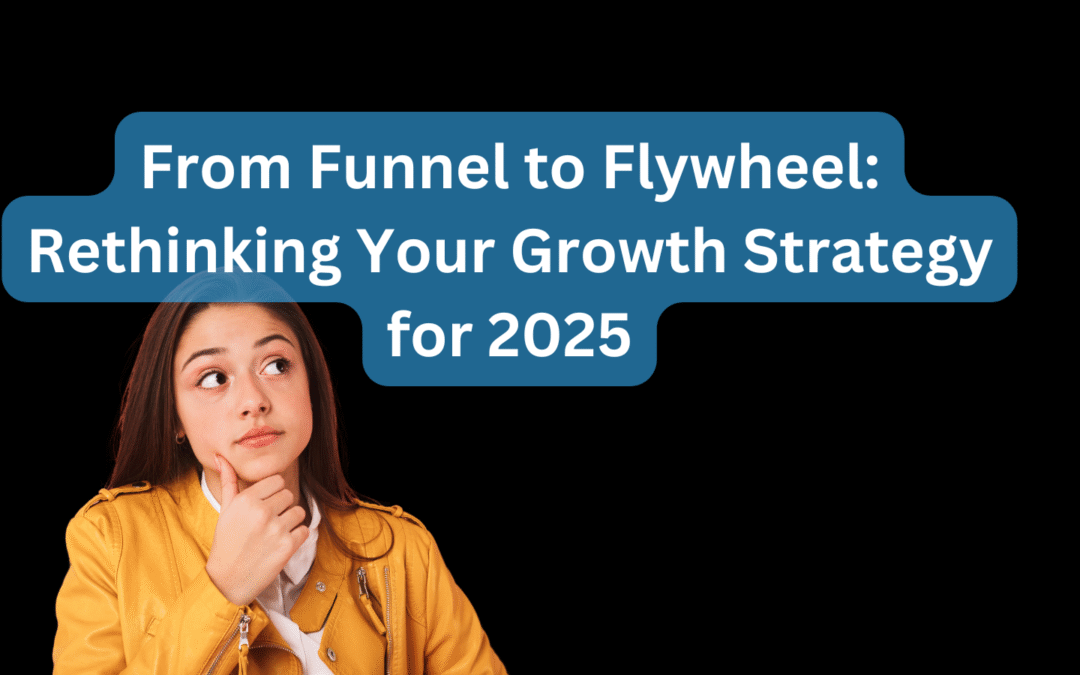Why the Traditional Marketing Funnel Strategy No Longer Fits Today’s Growth Landscape
🔄
The linear funnel—awareness, consideration, decision—is outdated. Today’s buyers loop, revisit, and influence others. To thrive in 2025, brands must embrace the flywheel growth model where momentum builds through customer success and advocacy.
Understanding the Core of a Flywheel Growth Strategy in Modern Marketing
⚙️
The flywheel approach focuses on energy, not just flow. When customer experience, retention, and advocacy drive your momentum, growth becomes self-sustaining. Unlike funnels, flywheels never “end”—they keep spinning through trust and delight.
How to Shift from Lead Generation Funnels to Flywheel Thinking
🔁
Start by removing handoffs and friction. Align marketing, sales, and service under one customer-centric vision. Instead of obsessing over top-of-funnel traffic, prioritize customer activation, onboarding, and long-term value loops.
Aligning Your CRM and Martech Stack with Flywheel Logic
🧠
The shift requires more than messaging—it demands system redesign. CRMs, marketing automation, and customer success tools must feed a single, real-time view of the customer to fuel the flywheel model.
The Role of Customer Success and Retention in Sustainable Growth
🤝
Happy users are the new top-of-funnel. Invest in post-sale experience, support, and education. When loyalty is engineered into your strategy, your growth engine becomes more efficient—and referrals more organic.
Designing Content Strategy for the Flywheel Era
📝
Go beyond awareness. Build content ecosystems that support onboarding, expand product usage, and reward advocates. Evergreen tutorials, community resources, and UGC all help turn passive buyers into brand promoters.
Using Product-Led Growth to Amplify Your Flywheel Effect
🚀
Self-service experiences, free trials, and in-product triggers are central to product-led flywheels. The more value users find on their own, the faster the wheel spins—and the less manual push your team needs.
How to Measure Success in a Flywheel-Based Growth Strategy
📊
Ditch single-touch attribution. Instead, measure customer lifetime value, referral rate, and time-to-value. Track how fast energy re-enters the system via support interactions, product engagement, and community participation.
Building a Culture Around the Flywheel Growth Mindset
👥
The flywheel isn’t just a strategy—it’s a mindset. Empower teams to think beyond conversion and toward contribution. Make retention, success, and advocacy shared metrics across departments.
Reducing Friction Across the Customer Journey Flywheel
⚠️
Audit every touchpoint for friction. Whether it’s a slow checkout, unclear onboarding, or scattered support, anything that slows momentum must be addressed. The smoother the path, the faster the spin.
FAQ ❓
Q: Is the flywheel model only for SaaS companies?
A: No. Any business with recurring customers, communities, or user-generated content can benefit.
Q: Can I combine funnel and flywheel models?
A: Yes. Funnels are still useful for acquisition, but the flywheel should take over post-conversion.
Q: What tools help support a flywheel strategy?
A: CRMs (like HubSpot), NPS tools, customer onboarding platforms, and behavior-based automation tools.

AUTHOR
Tomasz Jóźwiak
Growth Marketing Strategist | Founder at Webomo
I'm Tomasz Jóźwiak, a growth marketing strategist and the founder of Webomo. Over the past decade, I’ve helped startups, scale-ups, and established brands drive measurable growth through full-funnel strategies, performance marketing, and conversion optimization.
I believe in data-driven experimentation, fast execution, and full transparency—because real growth is about more than just vanity metrics.
👉 Let’s connect on LinkedIn or check out Webomo’s growth marketing work.

Fueling Growth with Strategy
Questions?
Ask any question about identifying new growth opportunities for your company.
